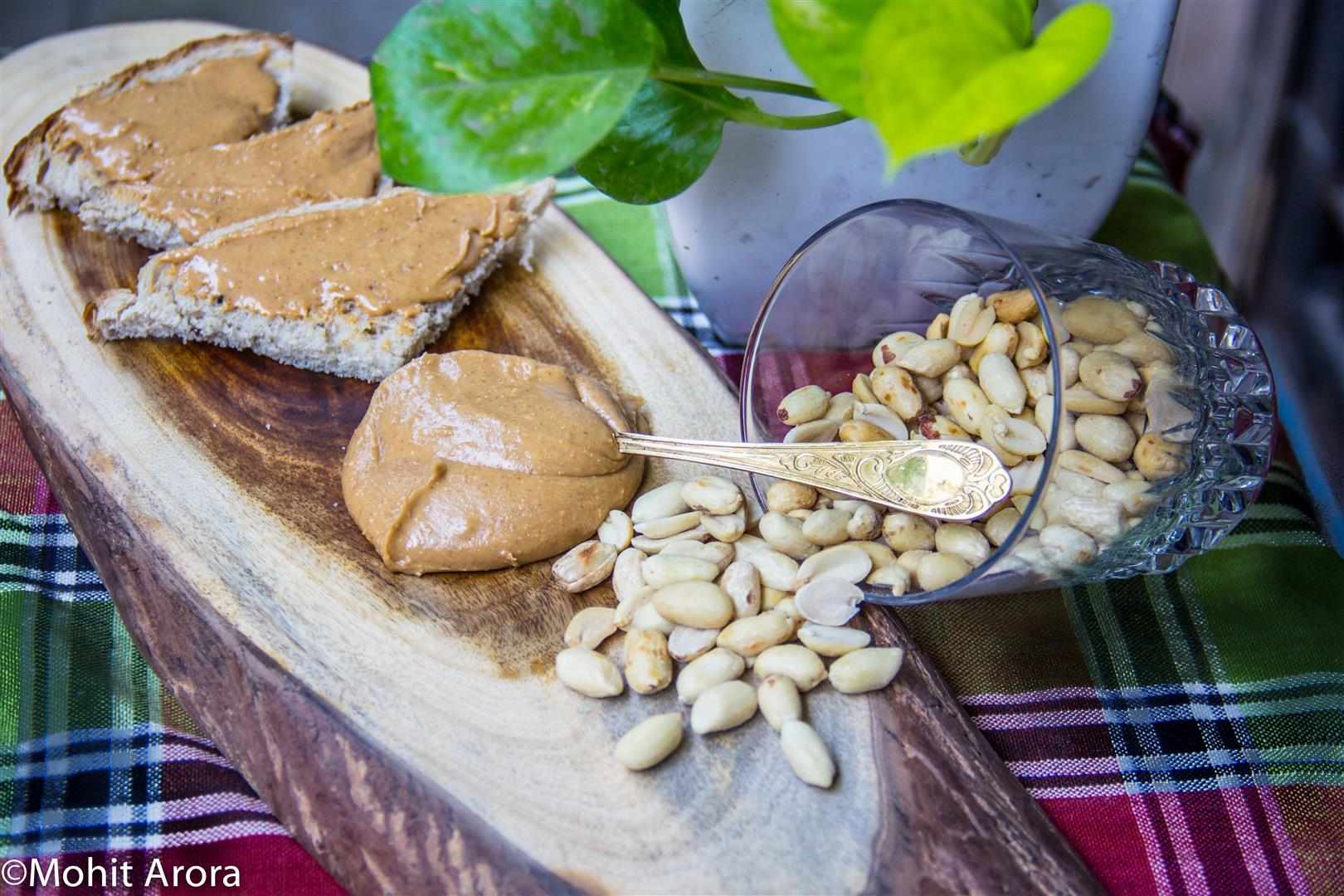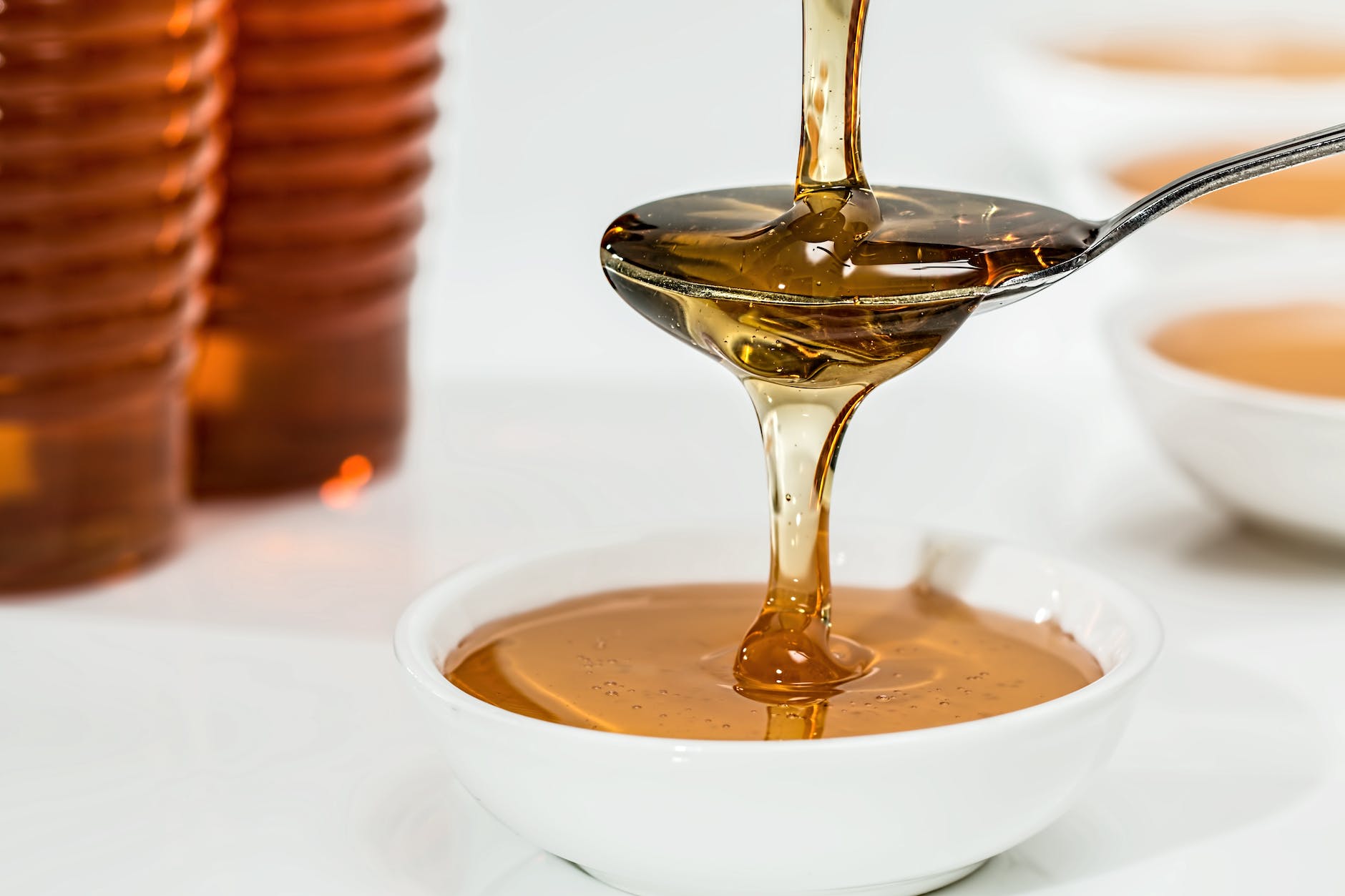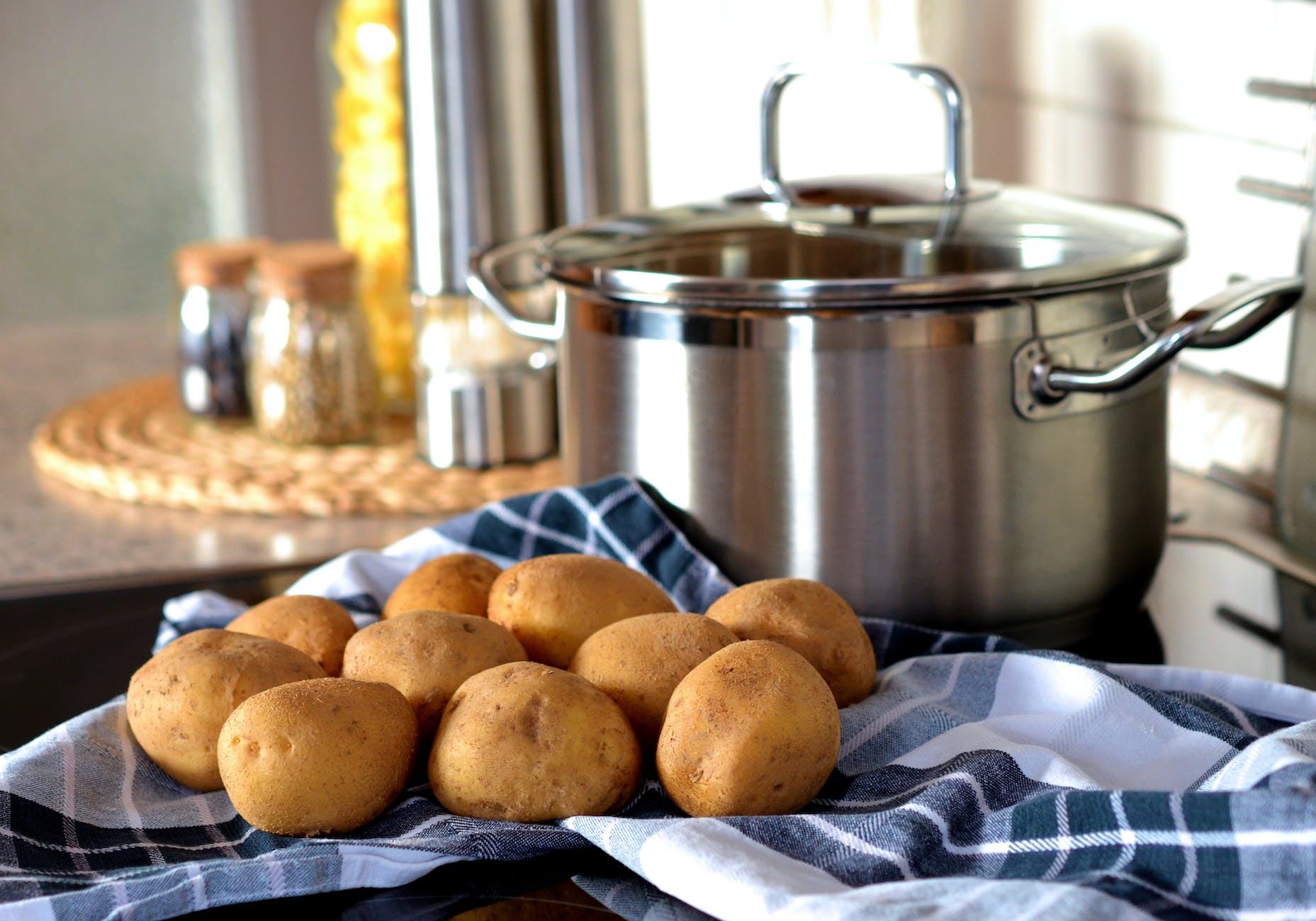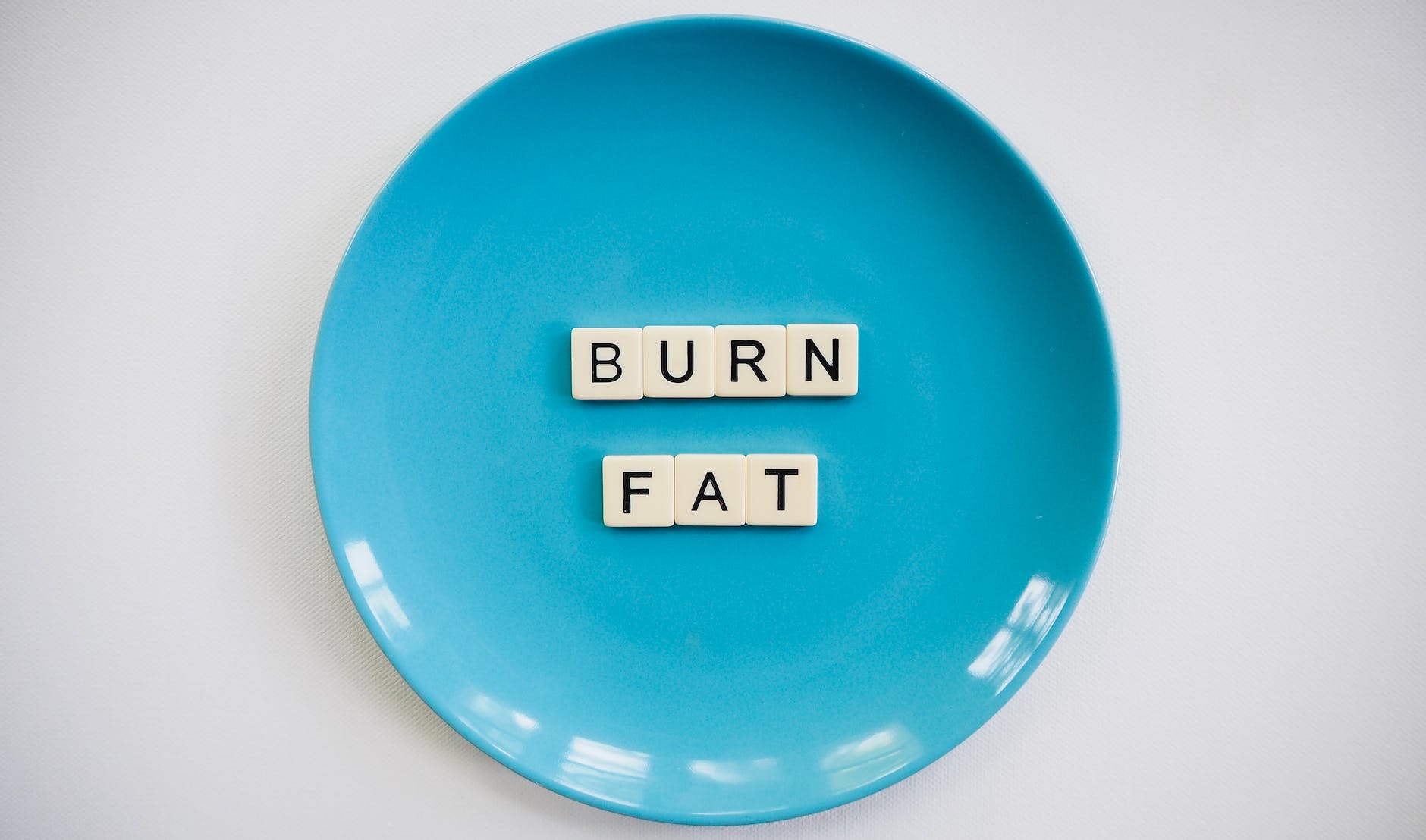
In this next blog post, we will dive into the delightful and indulgent world of coffee mixed with hot chocolate. Get ready to tantalize your taste buds as we explore this delightful fusion and discover the unique flavors and comforting qualities that this combination offers. Whether you’re a coffee lover, a hot chocolate aficionado, or simply curious about trying something new, this post will provide you with in-depth insights, tips, and ideas to create your own perfect cup of coffee mixed with hot chocolate. Let’s explore the best of both worlds and find the ultimate blend of warmth, richness, and satisfaction! ☕💡
☕ The Harmony of Coffee and Hot Chocolate Coffee and hot chocolate are two beloved beverages with distinct flavors and characteristics. Combining them creates a harmonious blend that brings together the boldness of coffee and the smoothness of hot chocolate. The result is a luxurious and indulgent drink that satisfies both the caffeine craving and the desire for a rich, chocolatey treat.
💡 Exploring the Flavors The combination of coffee and hot chocolate offers a range of flavor profiles that can be customized to suit your preferences. Here, we delve deeper into the different variations and ways to elevate the flavors of this delightful blend:
- Classic Mocha: The classic combination of espresso or strong brewed coffee with hot chocolate creates a mocha, known for its balanced blend of bitter coffee and sweet chocolate. Experiment with different ratios of coffee to hot chocolate to find your ideal level of richness and sweetness.
- Flavored Syrups: Enhance your coffee and hot chocolate blend with flavored syrups like vanilla, caramel, hazelnut, or peppermint. These syrups add a touch of sweetness and depth to your beverage, creating a deliciously indulgent treat. You can also explore specialty coffee syrups available in a wide range of flavors to customize your drink even further.
- Spiced Delights: Add a dash of warmth and complexity to your coffee and hot chocolate mix with spices like cinnamon, nutmeg, or cardamom. These spices can elevate the flavors and create a cozy and comforting drink reminiscent of the holiday season.
- Creamy Creations: Explore the world of creamy variations by adding a dollop of whipped cream, a splash of milk or cream, or even a scoop of ice cream to your coffee and hot chocolate combination. These additions enhance the creaminess and create a luxurious texture, adding an extra layer of indulgence to your drink.
💡 Methods and Recipes Creating your perfect cup of coffee mixed with hot chocolate can be a creative and enjoyable process. Here are a few methods and recipes to inspire you:
- Mocha Latte: Prepare a shot of espresso or a strong cup of coffee and mix it with an equal amount of hot chocolate. Top with frothed milk or whipped cream for a velvety latte experience. You can also add a sprinkle of cocoa powder or chocolate shavings on top for an extra touch of decadence.
- Slow Brew Method: Slowly brew a strong cup of coffee using your preferred method, such as pour-over, French press, or espresso machine. In a separate saucepan, heat milk and whisk in hot chocolate mix until well combined. Pour the brewed coffee into a mug and slowly add the hot chocolate mixture, stirring gently. Top with whipped cream and a dusting of cocoa powder for an indulgent treat.
- Frozen Mocha: For a refreshing twist, blend brewed coffee, hot chocolate mix, milk or cream, ice cubes, and a sweetener of your choice in a blender until smooth and frothy. Pour into a glass and garnish with whipped cream and chocolate syrup for a delightful frozen mocha experience.
💡 Tips and Serving Ideas To make the most of your coffee and hot chocolate blend, here are some tips and serving ideas to elevate your experience:
- Quality Ingredients: Use high-quality coffee beans, cocoa powder, and chocolate to enhance the flavor and ensure a rich and satisfying drink. Opt for dark chocolate or semi-sweet chocolate for a more intense chocolate taste.
- Experiment with Ratios: Play around with the ratios of coffee to hot chocolate to find the perfect balance that suits your taste buds. Some prefer a stronger coffee flavor, while others may enjoy a more pronounced chocolate taste. Adjust the amounts according to your preferences.
- Garnish and Decorate: Sprinkle a pinch of cocoa powder, grated chocolate, or cinnamon on top of your coffee and hot chocolate blend for an appealing presentation. You can also add a drizzle of chocolate syrup or a sprinkle of colored sugar for a festive touch. Serve with a cinnamon stick or a dash of nutmeg for added aroma and visual appeal.
- Pair with Treats: Enjoy your coffee and hot chocolate creation with complementary treats like cookies, biscotti, or a slice of cake. The flavors will harmonize beautifully, creating a delightful experience for your taste buds. Consider biscotti dipped in your mocha or a chocolate chip cookie alongside your creamy coffee and hot chocolate blend.
💡☕ Indulge in the Harmony of Coffee and Hot Chocolate ☕💡 Coffee mixed with hot chocolate offers a delightful combination of flavors, aromas, and textures that can be tailored to your preferences. Whether you prefer a classic mocha, a spiced variation, or a creamy creation, the possibilities are endless. Get creative, explore different methods and recipes, and discover the perfect blend that brings warmth, comfort, and indulgence to your cup. Cheers to the harmonious union of coffee and hot chocolate!













